44 | Google releases Gemini, and Meta, IBM, AMD, Intel and other giants form an AI alliance, and more AI news from this week
Show Notes
Google Finally Unveils AI Model Gemini… With A Catch
Topics covered:
Google announces Gemini in 3 tiers
- Gemini Nano for Pixel phones
- Gemini Pro rivals GPT-3.5 so far
- Gemini Ultra to match GPT-4
But demo interactions raise questions
DeepMind advances social learning AI
And materials discovery model
AI Alliance was formed by IBM, Meta, AMD, and other giants to boost open-source capabilities
Meta releases a standalone, free, AI text-to-image creator
UK study: High-skill jobs most at AI risk for AI replacement
MIT spinoff builds more efficient AI with Liquid Neural Networks
About Leveraging AI
- The Ultimate AI Course for Business People: https://multiplai.ai/ai-course/
- YouTube Full Episodes: https://www.youtube.com/@Multiplai_AI/
- Connect with Isar Meitis: https://www.linkedin.com/in/isarmeitis/
- Free AI Consultation: https://multiplai.ai/book-a-call/
If you’ve enjoyed or benefited from some of the insights of this episode, leave us a five-star review on your favorite podcast platform, and let us know what you learned, found helpful, or liked most about this show!
Leave a Comment
Transcript





